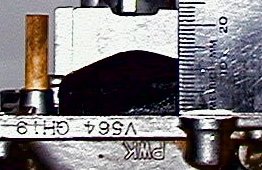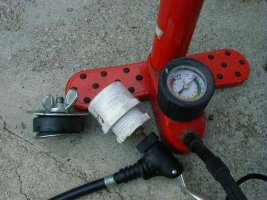speedyts49
~SPONSOR~
- Jul 4, 2002
- 112
- 0
I am trying to cure a new problem of over reving at start-up. Also when I twist the throttle the engine revs but does not want to come back down to idle speed imediatly, it kind of lingers. With the engine off I can hear the slide snap back down in the carb when I release the throttle so I don't think it is my cable.
Things I've done since the bike was running near perfect;
1. a new piston and rings plus 607 reeds(it ran great after that) for two hours.
2. sheared a woodruf key and the bike died.(did not know it at the time)It make a really loud clacking sound when I restarted it.(pulled the cylinder thinking I had done a hack job on the top end but it looked good, turned out to be the key was missing!
3. Pulled the carb a number of times before I found the missing key. I also adjusted the float height a little to make 16mm. its about 15mm now. As a mater of fact I did not think it really changed even when I bent the tang.
4. After all of this I started it and like I said it revs real high and then when I twist the throttle it boggs OR revs normal but does not return to idle speed right a way.
I have added a photo to see if you all think i am taking the measurement right. I take it from the tip of the float. Is this correct?
thanks,
tom
Things I've done since the bike was running near perfect;
1. a new piston and rings plus 607 reeds(it ran great after that) for two hours.
2. sheared a woodruf key and the bike died.(did not know it at the time)It make a really loud clacking sound when I restarted it.(pulled the cylinder thinking I had done a hack job on the top end but it looked good, turned out to be the key was missing!
3. Pulled the carb a number of times before I found the missing key. I also adjusted the float height a little to make 16mm. its about 15mm now. As a mater of fact I did not think it really changed even when I bent the tang.
4. After all of this I started it and like I said it revs real high and then when I twist the throttle it boggs OR revs normal but does not return to idle speed right a way.
I have added a photo to see if you all think i am taking the measurement right. I take it from the tip of the float. Is this correct?
thanks,
tom


